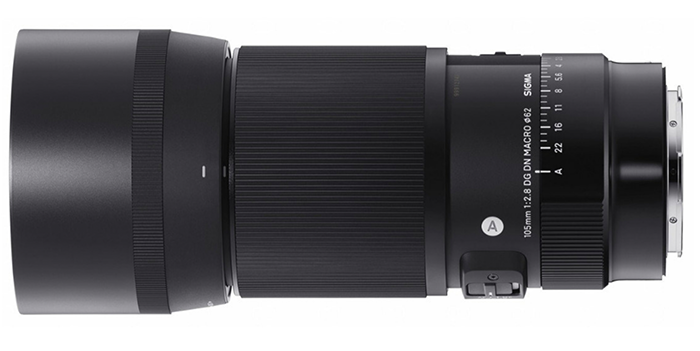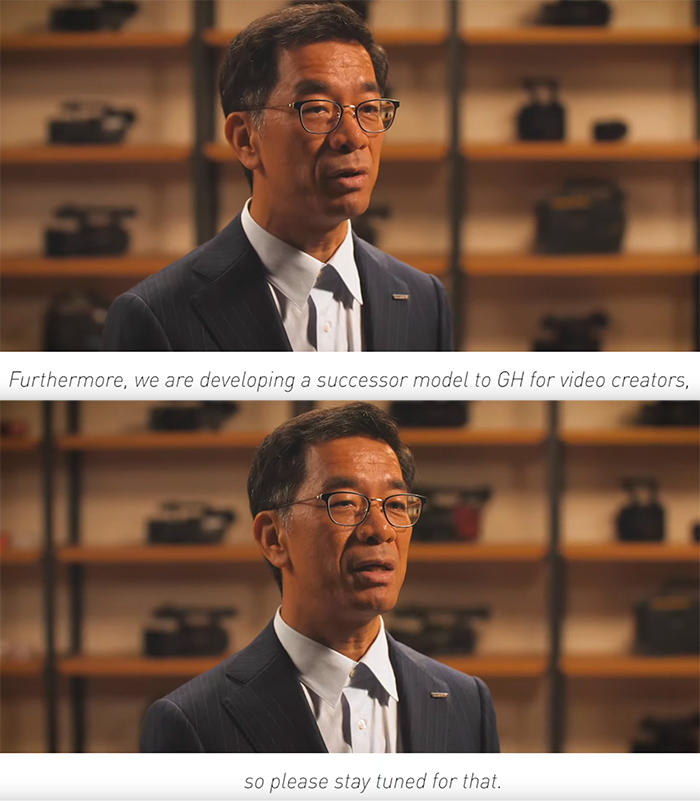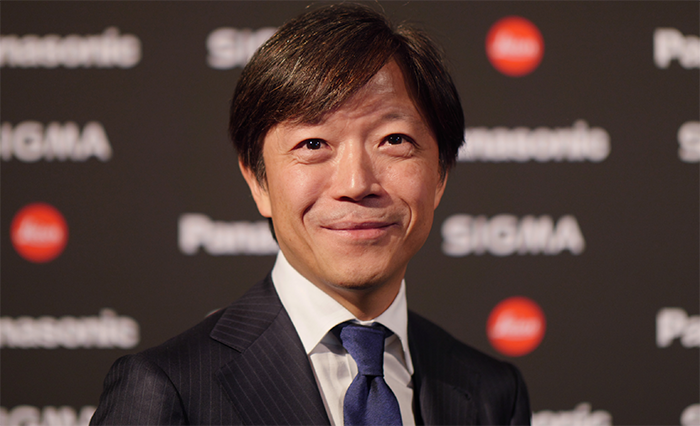British company makes a new MFT camera that uses your smartphone as a screen and controller
This is genious! Or maybe stupid…don’t know. Sony tried this in the past with the QX series and it didn’t work out well.
A British company made the “Alice camera” that has MFT mount and a new 11 Megapixel Quad Bayer Sony sensor. It uses your smarpthone as a screen and controller through the Alice own APP. This is the spec list:
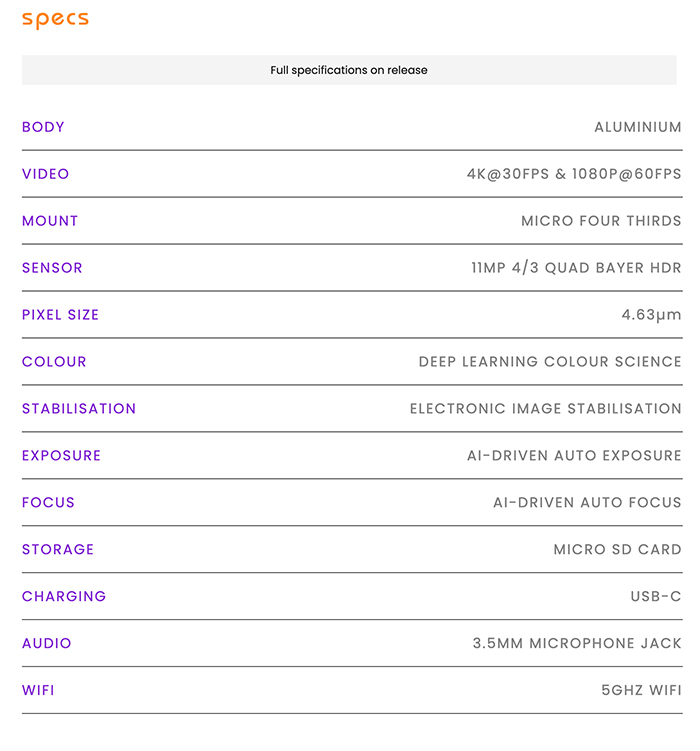
Press text:
Alice Camera™ is an AI-accelerated computational camera being built in Britain from the ground up for content creators. An interchangeable lens camera with a dedicated AI-chip that elevates machine learning and pushes the boundaries of what a camera can do. Alice is in concept prototype stage and will be available on Indiegogo in Autumn 2020.
Alice is a compact and low-profile camera which can be mounted onto the back of almost any standard smartphone. An ergonomic handle enables better hand placement and stability whilst capturing your scenes.
Alice uses the Micro Four Thirds lens mount, the most flexible and compact interchangeable lens system around, with over 50 professional-quality lenses available. Attach an adapter to use lenses with different mounts too!Alice’s Micro Four Thirds sensor excels in low light conditions and allows you to capture high-quality 4K video with no crop. Large pixel sizes and an innovative Quad Bayer structure enable exceptionally low noise and high dynamic range.
Artificial Intelligence is transforming photography in the 2020s like digital technology did back in the 1990s. Alice has been designed from the ground up to harness AI and computational photography for modern content creators, offering you new capabilities and techniques for autofocusing, autoexposure, colour science and more.

The Alice Camera native app will provide you with a familiar smartphone user interface and experience. It will be easy to use and navigate with touchscreen interface and customisation. The camera system and firmware will improve with future software updates through our app.
We want to give creatives as much control as possible. We will be providing open-source software access to Alice allowing you to deeply customise your creative process, encouraging collaboration and software development. Regular software updates means Alice will stay up-to-date with the latest computational photography technology and features.
Fast wireless data transfer between camera and phone gives you a seamless real-time viewfinder on your smartphone. Instantly share your content to social media and live stream directly to your favourite platform. A selfie screen will appear when you turn your phone around so that you can view yourself at all times. Alice will even work when your phone is not attached. You can set up across the room and have your phone in your hand and content will still stream. Double whammy!
Here is a video showing how it works:
Some real world images:
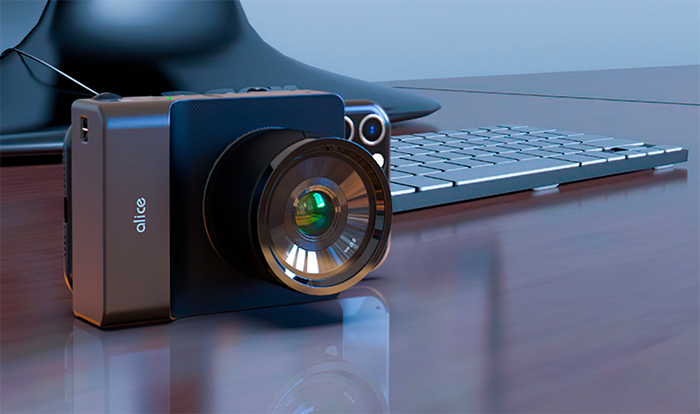
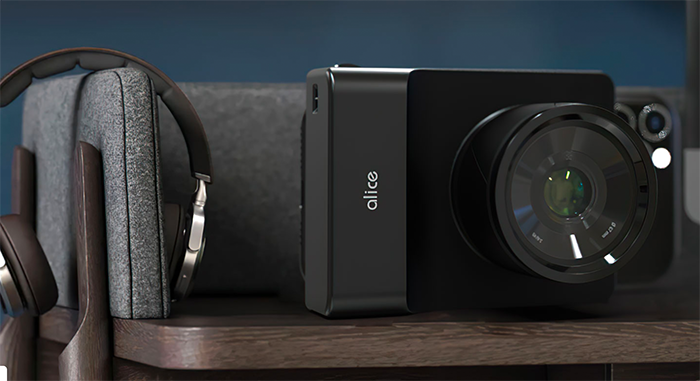
You like this???
–
Thanks Mike!

